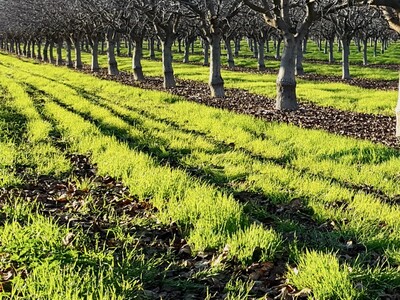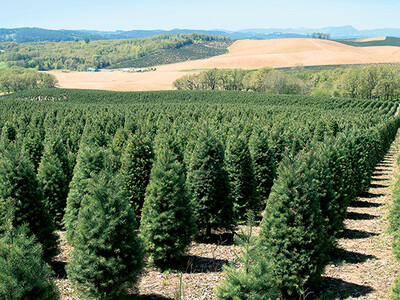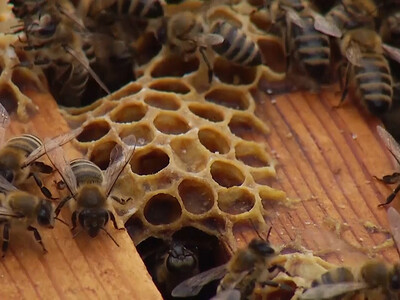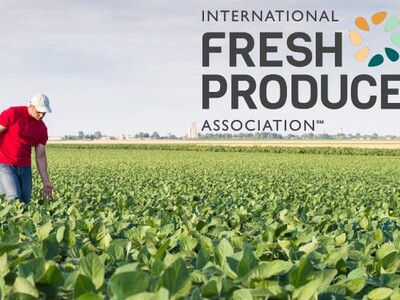CRISPR for Citrus Greening

Tim Hammerich
News Reporter
It’s nearly impossible to talk about the Florida citrus industry in 2020, without at least mentioning citrus greening disease. Otherwise known as huanglongbing, citrus greening is spread by the asian citrus psyllid which serves as a vector for the disease.
Citrus greening has done enormous damage to the Florida citrus industry despite years of research to try to develop effective management tools. Scientists are now hopeful that CRISPR can help. The tool for editing genomes, allows breeders to select for very specific traits, and iterate more quickly.
And they have a roadmap to follow. CRISPR has been used to develop resistant varieties to citrus canker. A program started in 2013 was able to identify the citrus canker susceptibility gene in 2014, and through CRISPR found a way to knock out this susceptibility gene. They have now made, this year, citrus varieties that are resistant to citrus canker.
Dr. Nian Wong, professor at the Citrus Research at Education Center for the University of Florida IFAS at Lake Alfred, says they were able to make progress on citrus canker much quicker than traditional breeding, and he hopes this can also be applied to citrus greening.
While there can be no guarantees on timing, Dr. Wong hopes that progress can be made on citrus greening on a similar timeline to what they’ve been able to do these past seven years with citrus canker.
















